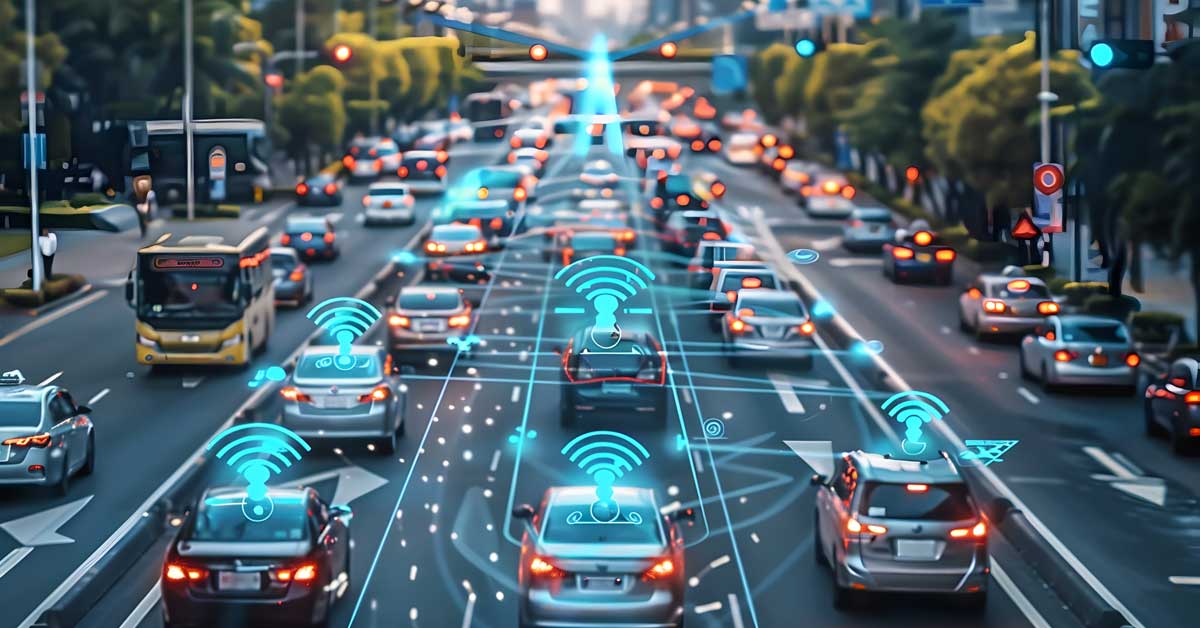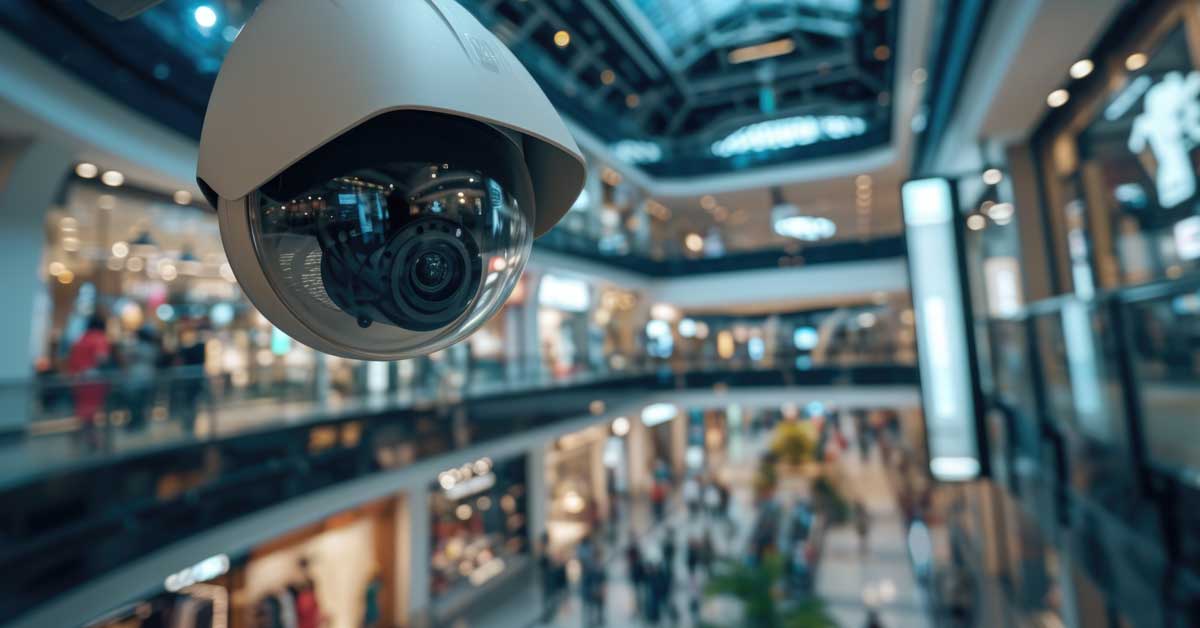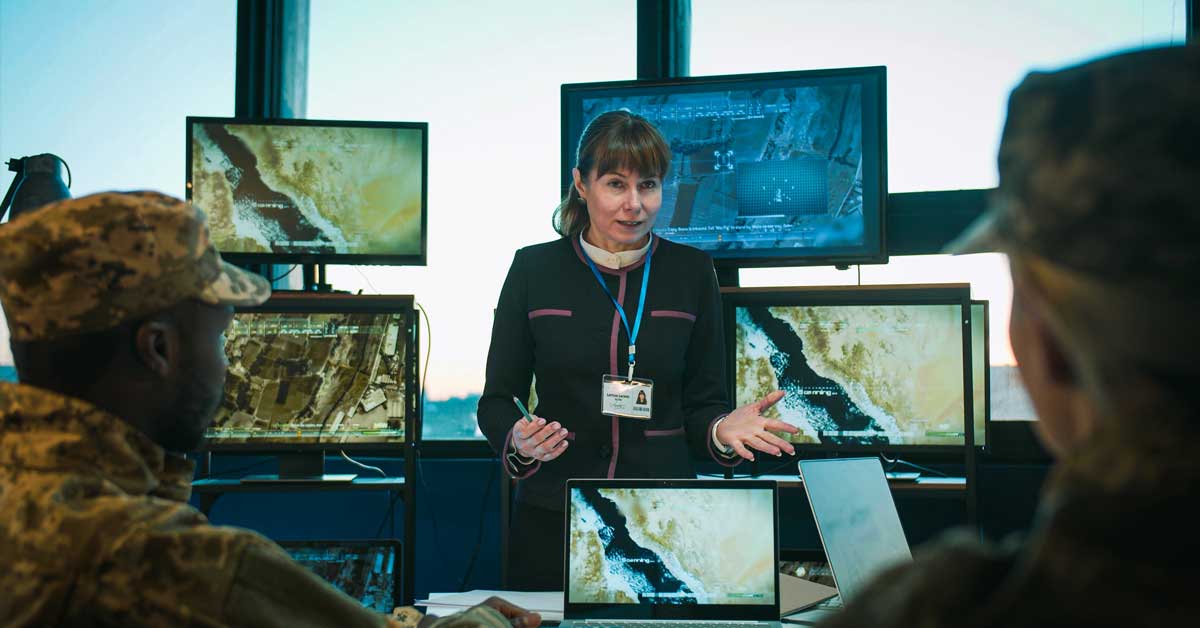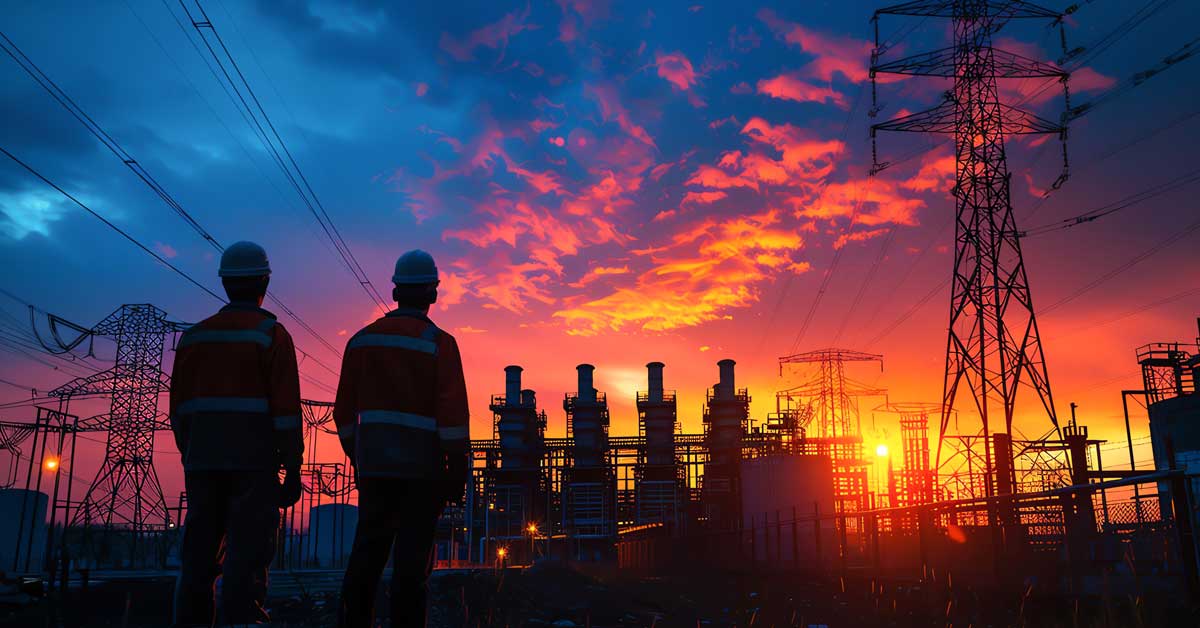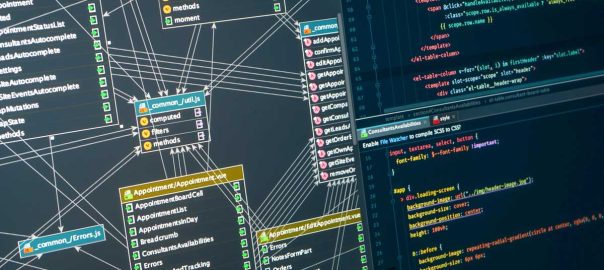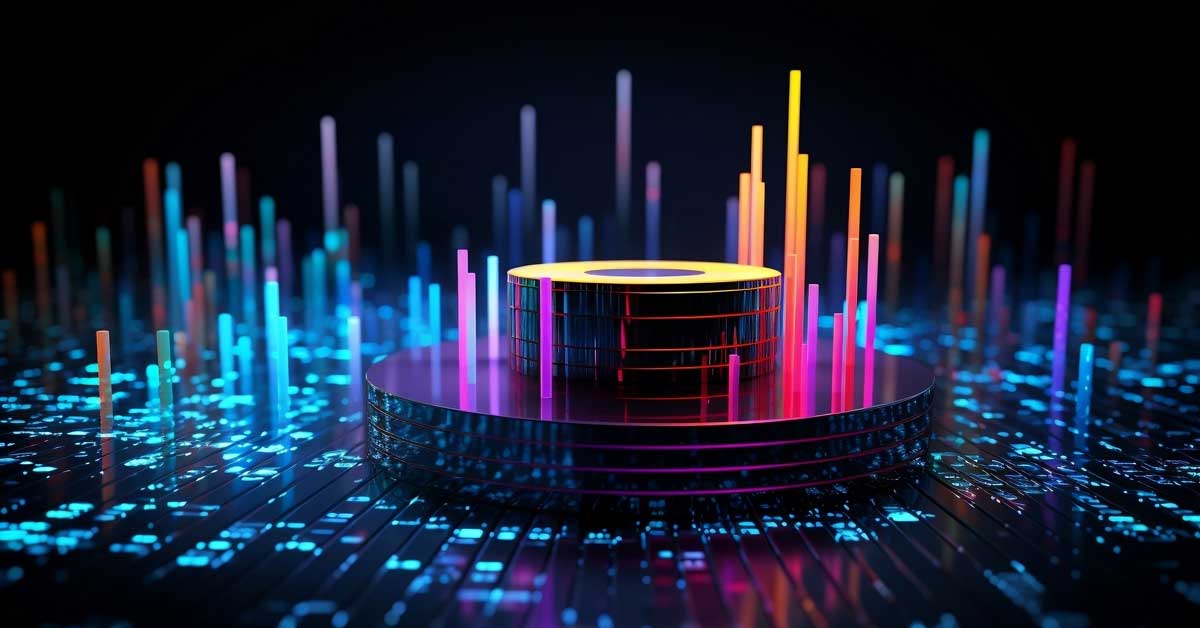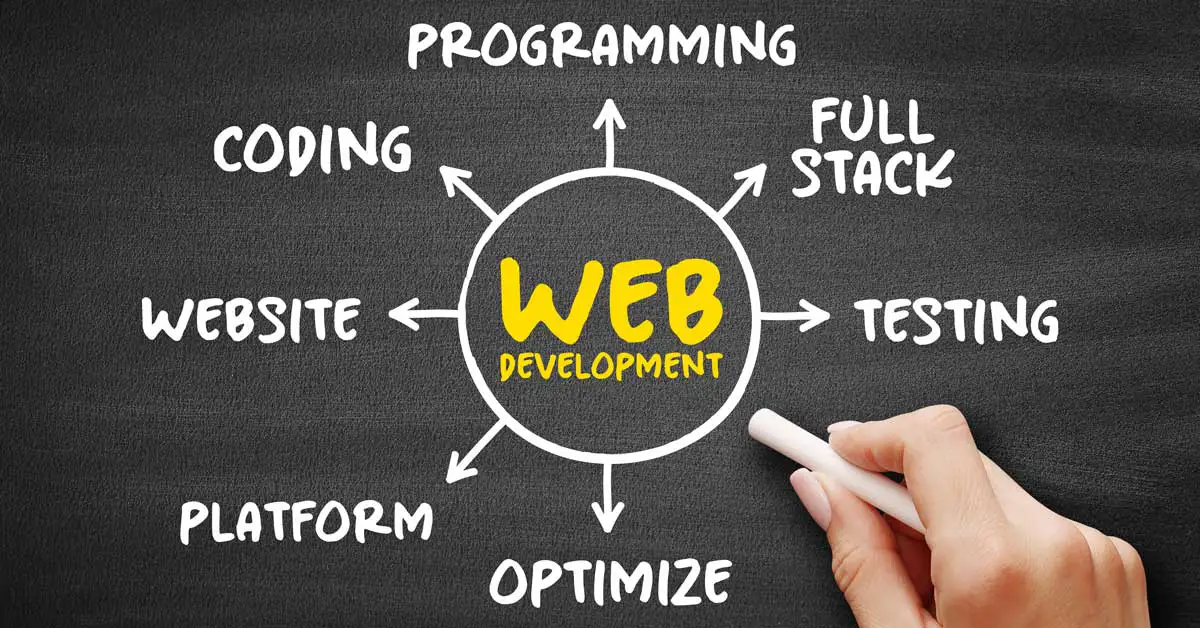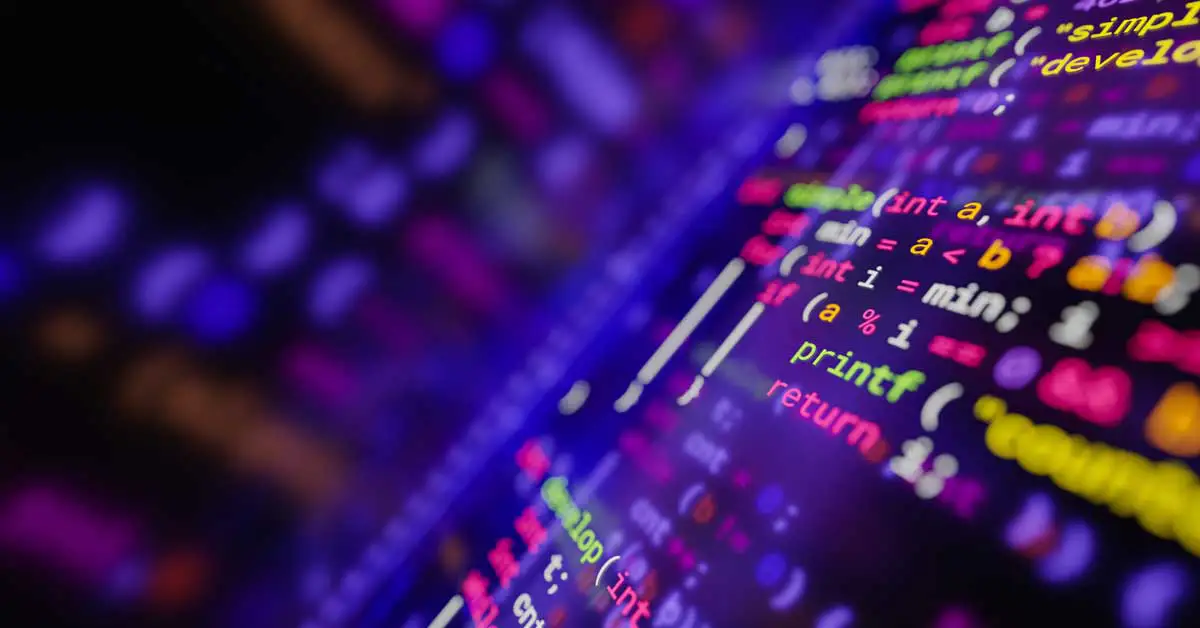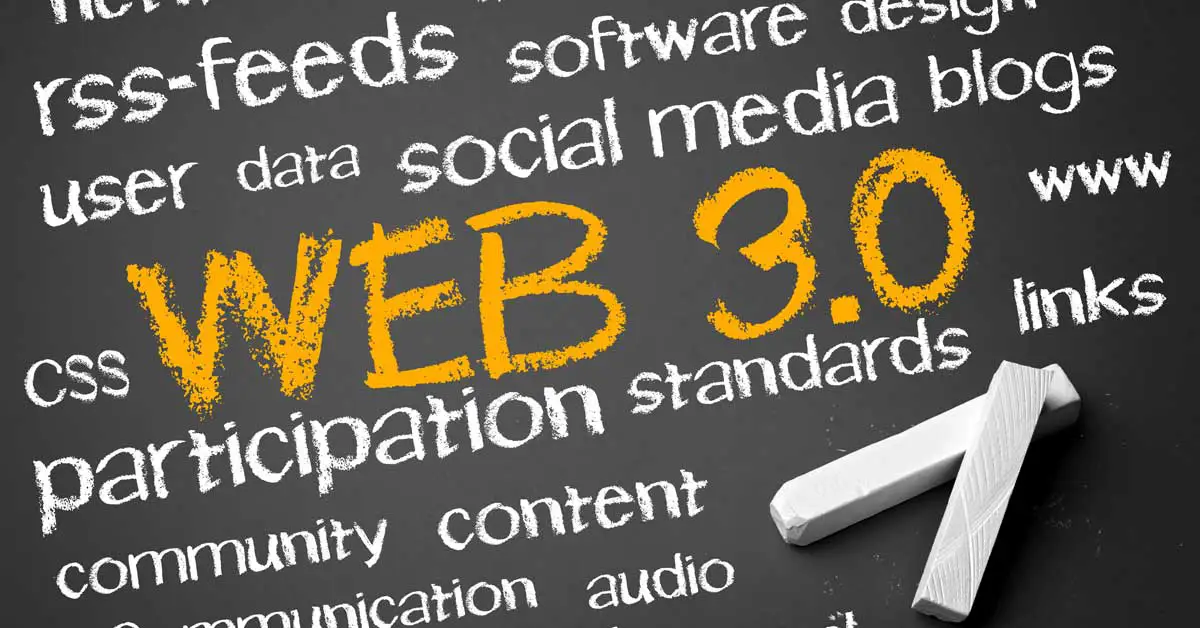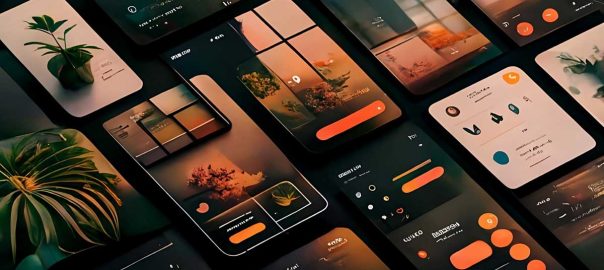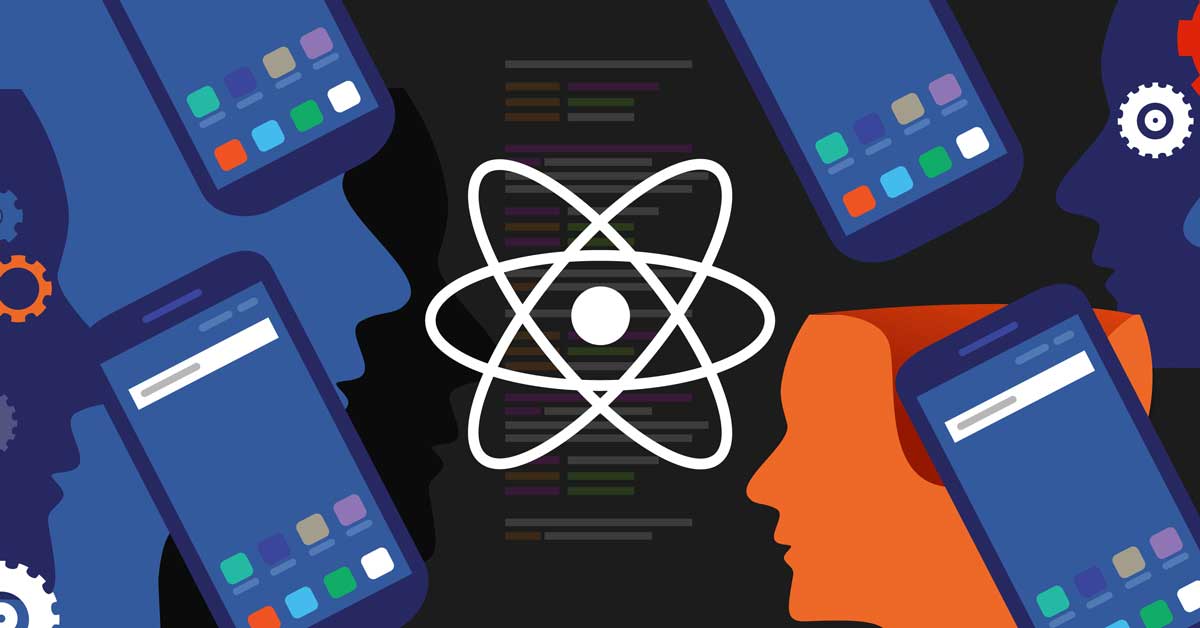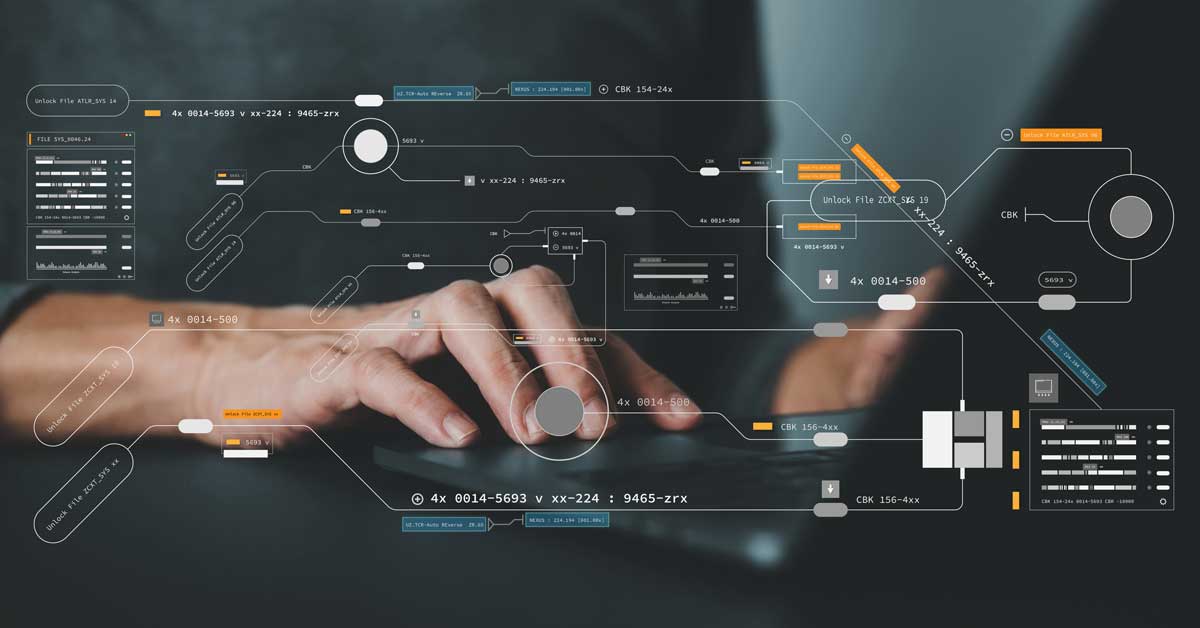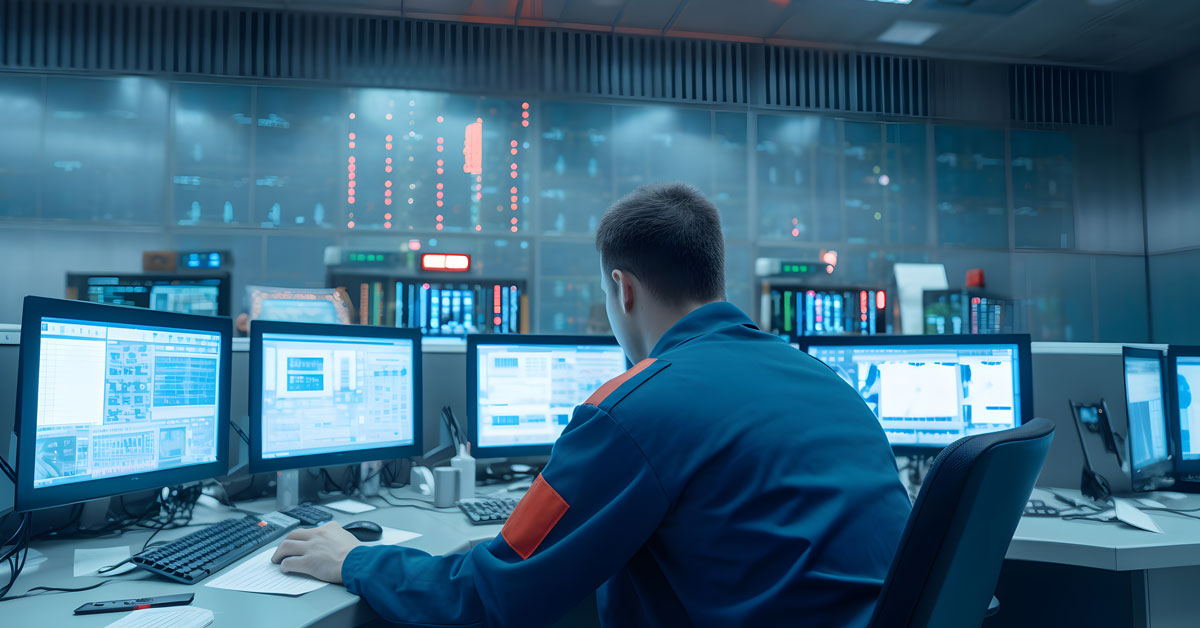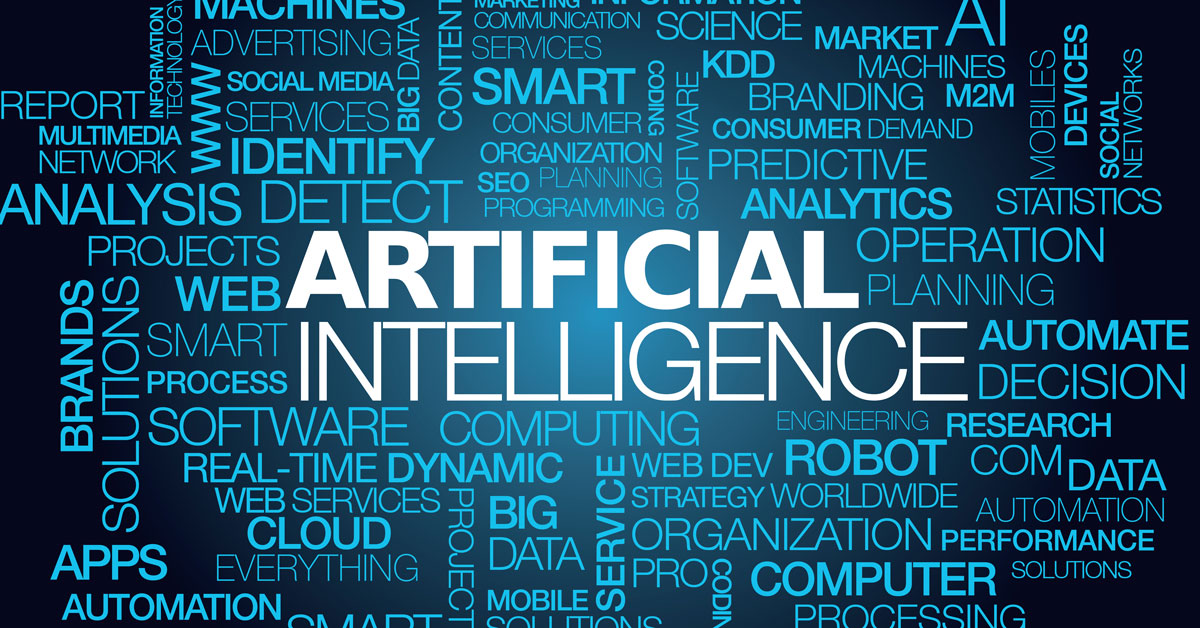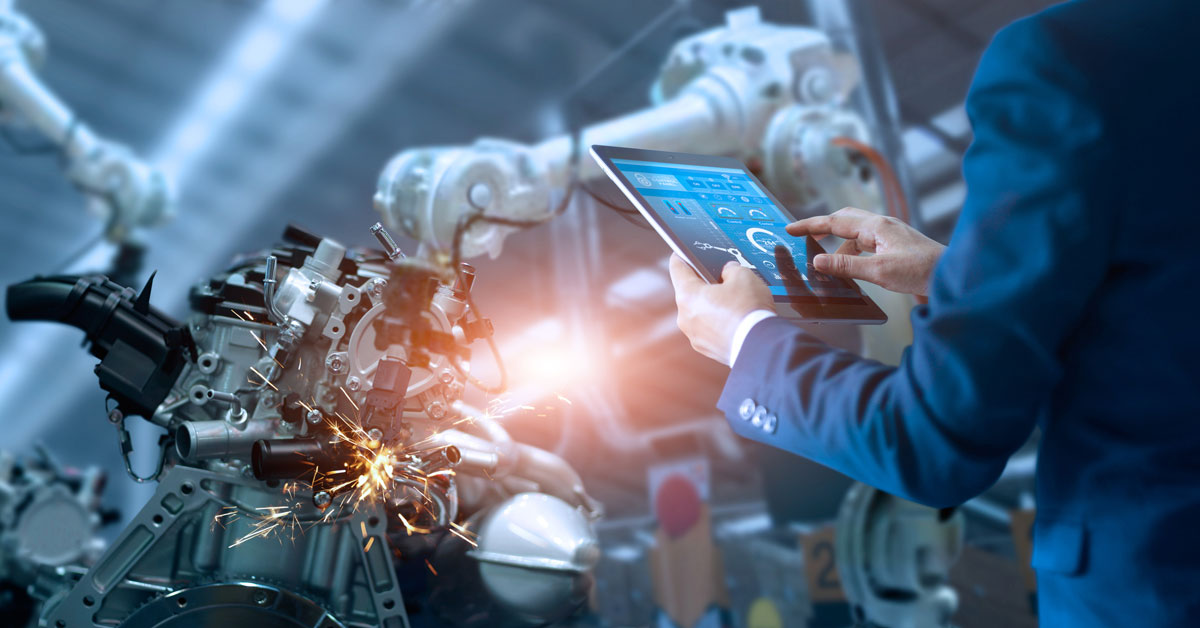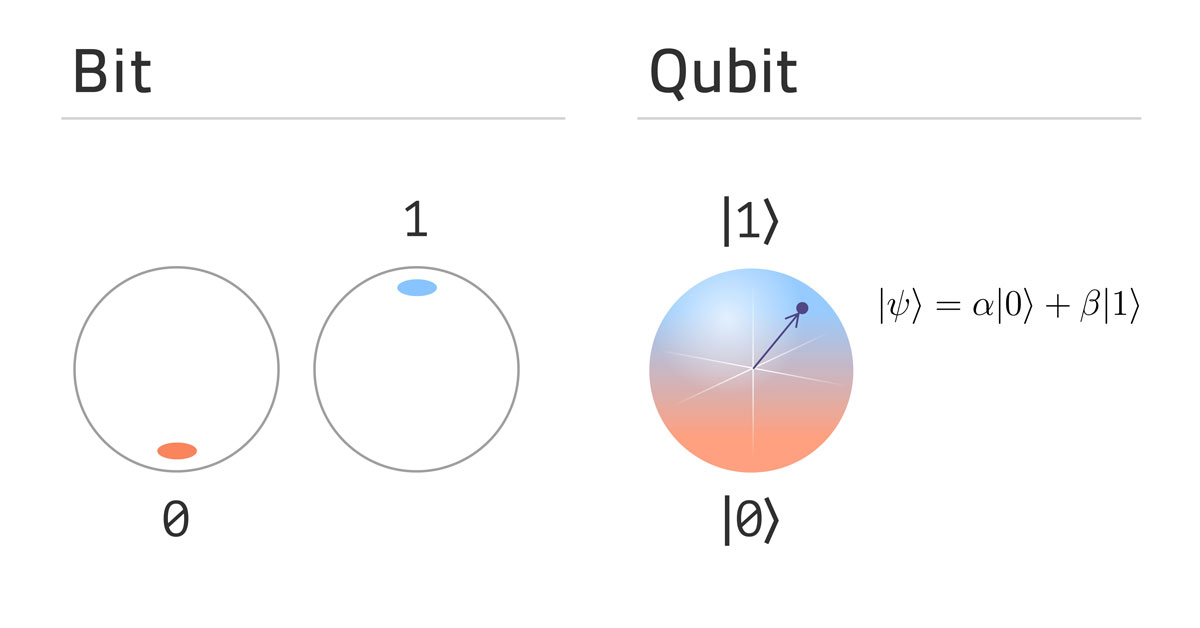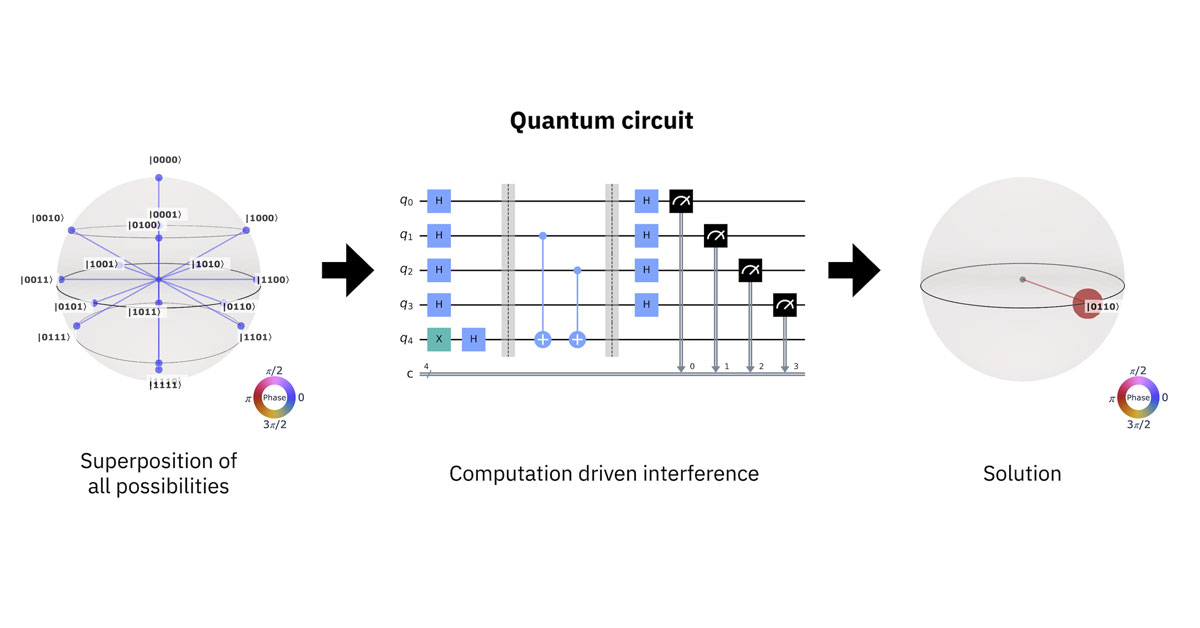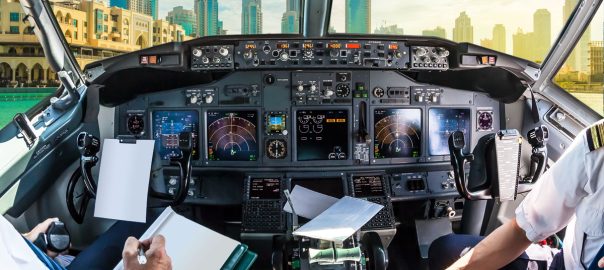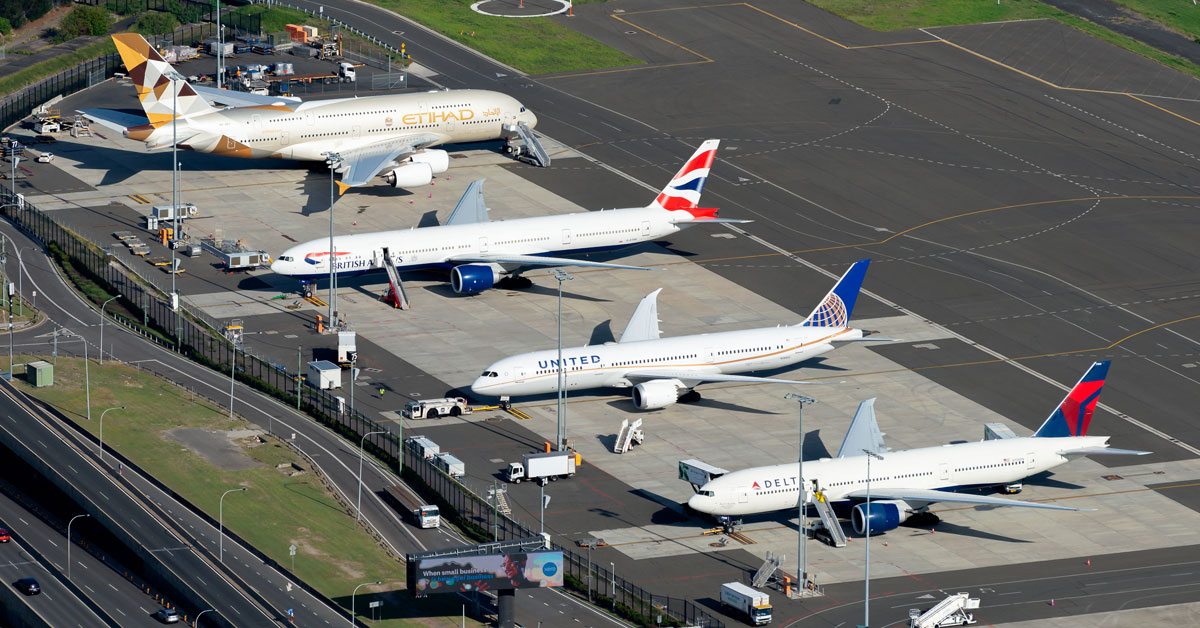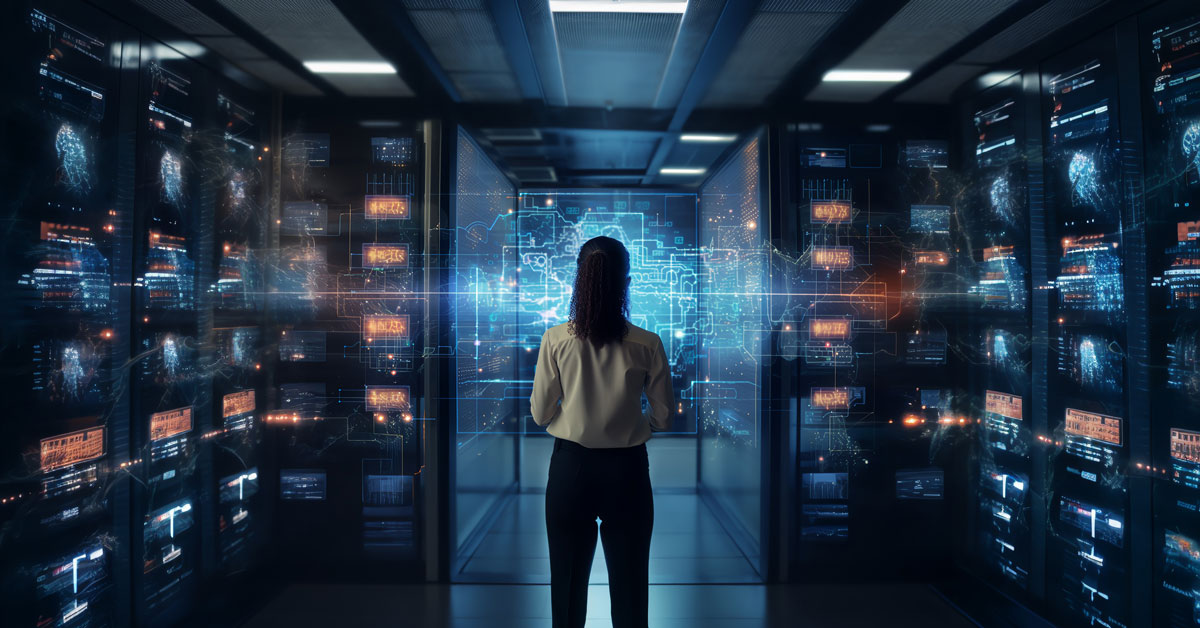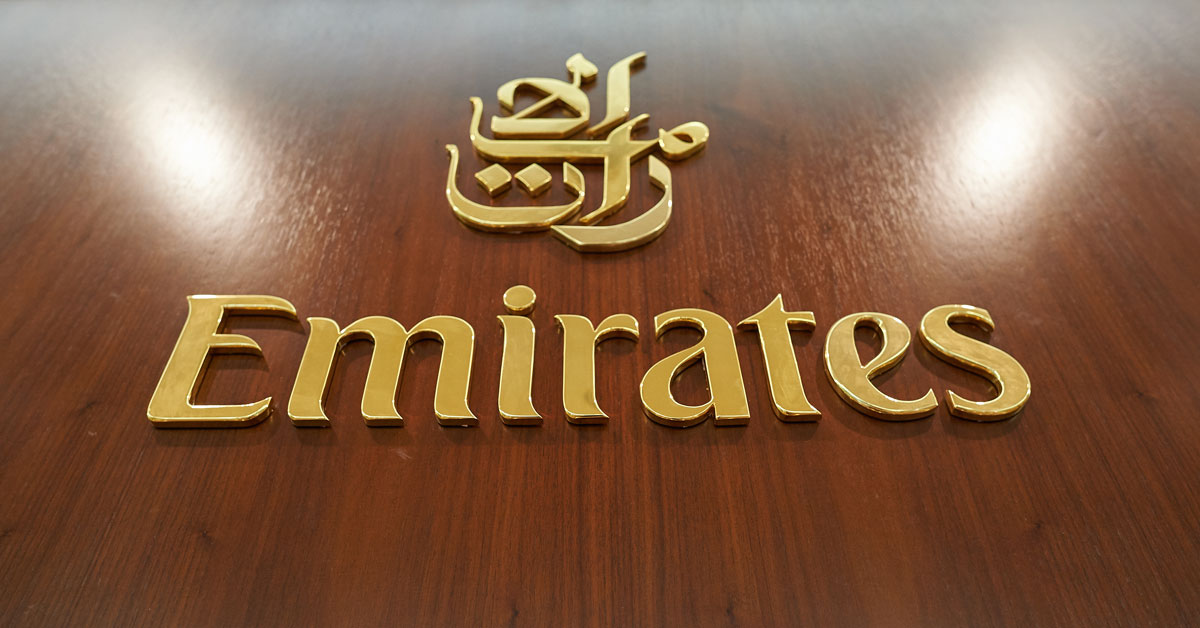In our previous blog, we delved into the transformative potential of IoB in the context of smart cities. We explored how integrating IoB technologies can optimize urban living by enhancing public services, improving traffic management, and promoting sustainable practices. By collecting and analyzing data from a myriad of connected devices, city planners can gain invaluable insights into residents’ behaviors and preferences, thus creating more responsive and efficient urban environments.
In the fast-paced digital age, understanding human behavior has become more crucial than ever for businesses and organizations looking to stay competitive. Enter the Internet of Behaviors (IoB)—a powerful extension of the Internet of Things (IoT) that promises to revolutionize behavioral analytics. By collecting and analyzing data from a multitude of sources, including social media interactions, digital platforms, and IoT devices, IoB offers unprecedented insights into human behavior. This blog explores the profound effects of IoB in behavioral analytics, highlighting its benefits, cons, and future potential while emphasizing the importance of ethical implementation.
The Benefits of IoB in Behavioral Analytics

Enhanced Customer Experience
One of the most compelling benefits of IoB in behavioral analytics is its ability to tailor customer experiences. Businesses can gain a 360-degree view of their customers by leveraging data from various touch points. This holistic perspective enables companies to deliver personalized experiences that resonate with individual preferences and needs. For instance, retail companies can use IoB to understand shopping behaviors and preferences, allowing them to create personalized marketing campaigns, product recommendations, and loyalty programs that significantly enhance customer satisfaction and engagement. This not only boosts customer loyalty but also improves the likelihood of repeat purchases and positive word-of-mouth recommendations.
Improved Decision-Making
IoB doesn’t just collect data; it transforms it into actionable insights. For CEOs and CTOs, this means making more informed decisions based on real-time data analysis. By identifying patterns, trends, and correlations in behavior, IoB helps organizations anticipate customer needs, optimize operations, and seize new business opportunities. In the healthcare industry, for example, IoB can analyze patient behavior to predict health trends and improve preventative care strategies, ultimately leading to better patient outcomes and reduced healthcare costs. In essence, IoB enables businesses to stay ahead of the curve and make data-driven decisions that drive success.
Risk Management and Fraud Prevention

For businesses, understanding and mitigating risks is paramount. IoB can play a pivotal role in identifying potential risks and preventing fraud. By analyzing behavioral data, organizations can detect anomalies and suspicious activities that might indicate fraudulent actions. In the financial sector, this could mean monitoring transaction patterns to prevent identity theft and financial fraud, thus safeguarding both the institution and its customers. In a world where cybercrime is on the rise, IoB offers significant potential in mitigating risks and protecting sensitive data. Enhanced Marketing Strategies
The fusion of IoB with marketing analytics opens new horizons for CMOs. With detailed insights into consumer behavior, marketers can fine-tune their strategies to target the right audience with the right message at the right time. This level of precision not only maximizes marketing ROI but also builds stronger customer relationships. For instance, a CMO could use IoB data to create hyper-targeted advertising campaigns that resonate with specific customer segments, leading to higher conversion rates and brand loyalty. By combining IoB with marketing analytics, businesses can gain a competitive edge and drive growth.
Operational Efficiency
Engineers and business owners can benefit from the operational efficiencies brought about by IoB. By analyzing data from IoT devices and digital platforms, companies can identify bottlenecks, streamline processes, and optimize resource allocation. This, in turn, enhances productivity and reduces operational costs. In the manufacturing industry, IoB can monitor equipment performance and predict maintenance needs, minimizing downtime and ensuring smooth operations. As IoB continues to evolve, it has the potential to revolutionize supply chain management by providing real-time visibility and insights into the movement of goods. Ultimately, IoB can improve overall operational efficiency by enabling businesses to make data-driven decisions that optimize processes and resources.
The Cons of IoB in Behavioral Analytics

Privacy Concerns
While the benefits of IoB are undeniable, it also raises significant privacy concerns. The extensive collection and analysis of personal data can lead to potential misuse or unauthorized access. Businesses must ensure they adopt stringent data protection measures to safeguard user information. Transparency and consent are key—customers should be fully aware of how their data is being used and have the option to opt out if they choose. Additionally, government regulations must be put in place to prevent the misuse of data and protect individuals’ privacy rights.
Ethical Dilemmas
The ethical implications of IoB cannot be overlooked. The line between insightful data analysis and invasive surveillance can sometimes blur. It’s crucial for businesses to implement IoB ethically, respecting user privacy and avoiding manipulative practices. This includes adhering to ethical guidelines, conducting regular audits, and fostering an organizational culture that prioritizes ethical considerations in data usage. Responsible and ethical implementation of IoB is essential to maintain trust and credibility with customers.
Data Accuracy and Reliability

The effectiveness of IoB hinges on the accuracy and reliability of the data collected. Inaccurate or incomplete data can lead to misguided insights and decisions. Businesses must invest in robust data validation processes and employ advanced analytics techniques to ensure data integrity. Additionally, continuous monitoring and updating of data sources are essential to maintain the relevance and accuracy of behavioral analytics. Failure to do so can result in flawed insights and hinder the potential benefits of IoB.
Ensuring data integrity also involves addressing potential biases in data collection and analysis. Biases can skew results and reinforce existing prejudices, leading to unfair treatment of certain groups. As such, businesses must actively seek to identify and mitigate biases in their IoB systems. This may include diversifying data sources, employing algorithms designed to detect and correct biases, and continuously reevaluating data collection methods.
High Implementation Costs
Implementing IoB can be a costly endeavor, especially for small and medium-sized enterprises. The integration of IoT devices, data analytics platforms, and skilled personnel requires substantial investment. However, the long-term benefits often outweigh the initial costs, making it a worthwhile investment for businesses aiming to stay competitive in the digital landscape. As technology continues to advance, the costs associated with IoB implementation are expected to decrease, making it more accessible and feasible for smaller businesses.
Potential for Data Overload
With the vast amount of data generated by IoB, there’s a risk of data overload. Businesses may struggle to process and analyze the sheer volume of information effectively. To mitigate this, organizations should adopt sophisticated data management solutions and employ data scientists capable of extracting meaningful insights from large datasets. It’s crucial to strike a balance between the quantity and quality of data for optimal results. Additionally, businesses should only collect relevant data and avoid collecting unnecessary or sensitive information. This not only helps prevent data overload but also addresses privacy concerns mentioned earlier.
The Future of IoB in Behavioral Analytics

The future of IoB in behavioral analytics holds immense potential. As technology continues to advance, we can expect even more sophisticated data collection and analysis techniques. The integration of artificial intelligence (AI) and machine learning (ML) will further enhance the capabilities of IoB, enabling more accurate predictions and deeper insights into human behavior.
In the coming years, we may see IoB being leveraged across various sectors, from public policy and urban planning to education and entertainment. Governments could use IoB to design more effective public policies by understanding citizen behavior and preferences. Educational institutions could personalize learning experiences based on student behavior and engagement patterns, leading to improved learning outcomes.
Conclusion
The Internet of Behaviors (IoB) represents a transformative force in the realm of behavioral analytics. By analyzing and interpreting human behaviors through data from diverse sources, IoB offers businesses valuable insights that drive efficiency, informed decision-making, and enhanced customer experiences. However, to reap the benefits of IoB, it is essential to address privacy concerns, ethical dilemmas, and data accuracy issues.
As we look to the future, the integration of AI, ML, and other emerging technologies will further amplify the impact of IoB, opening new avenues for innovation and growth. By adopting an ethical approach to data protection and transparency, businesses can harness the power of IoB to create a positive social impact while gaining a competitive edge. So, while IoB may pose risks and challenges, it also presents immense opportunities for businesses to thrive in the digital age. Stay tuned for our next blog post, where we will explore the role of IoB in personalization and targeting, and how it can revolutionize marketing strategies and customer engagement.




